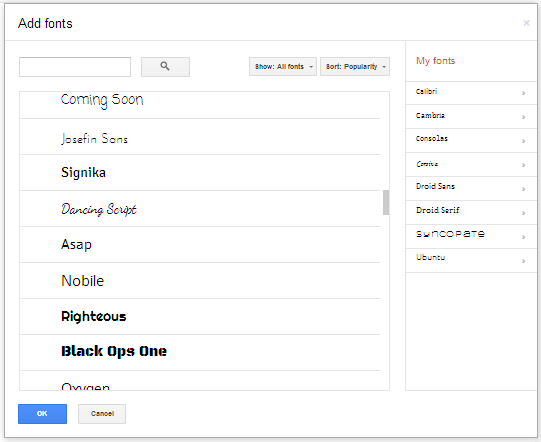

It’s also blocking the creation of any images that contain photorealistic faces and prompts that mention the names of notable people - blocks intended not only to prevent inappropriate content but also to prevent the spread of misinformation. These filters intend to prevent the creation of images that can be “harmful, misleading, or explicit,” Google says, or those that otherwise violate its prohibited use policies for generative AI. It’s also thinking about how it can introduce this technology in a responsible way, which means it’s added some fairly strict filtering policies in the product, the company told TechCrunch.

Under the hood, the feature is powered by Google’s Imagen text-to-image model. png files, or edit the prompt that created the images to generate a new set. From there, you tap on the images, which can be downloaded as.

SGE will return four results directly in the SGE conversational experience. With the new AI image generation feature, you can enter a prompt specifying what sort of image you want, like a drawing, photo or painting, for example. Over the past few months, SGE has already gained new capabilities to do things like write AI-powered summaries and create definitions of unfamiliar terms, in addition to gaining coding improvements, plus travel and product search features, among other things. The new features come on the heels of a series of rapid-fire updates to SGE as the pace of AI technology development quickens. In addition, SGE will now allow users to write drafts within SGE where you can customize the output to be longer or shorter or change the tone of the writing to be more serious or casual. The AI feature, which introduces a conversational mode in Search, is now going to be able to generate images using prompts directly in SGE similar to rival Bing’s support of OpenAI’s DALLE-E 3. Google’s AI-powered search feature, SGE (Search Generative Experience), is gaining some new skills, starting today.


 0 kommentar(er)
0 kommentar(er)
